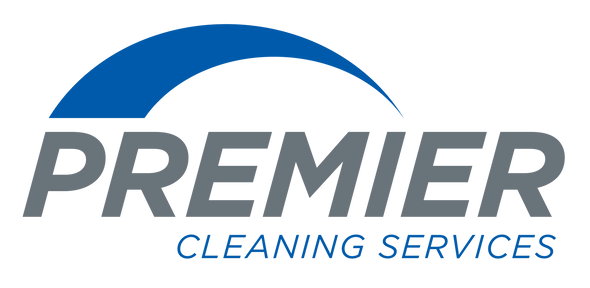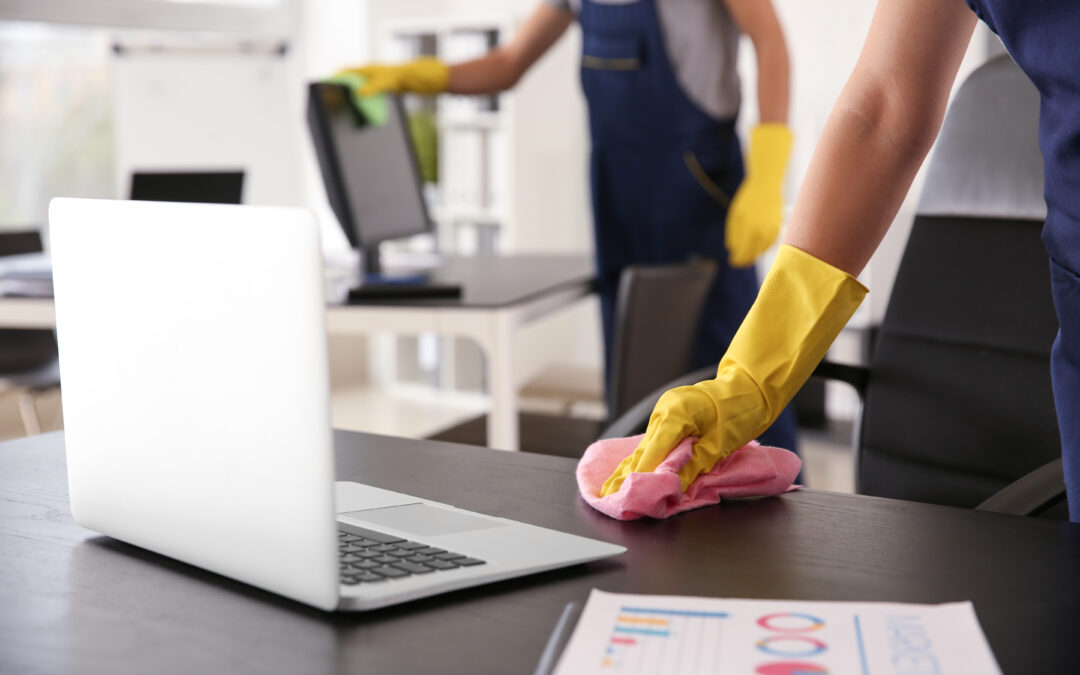Introduction
Maintaining a clean and hygienic workplace is not just a matter of aesthetics; it is crucial for the health, safety, and productivity of employees. A clean workplace promotes a positive work environment, reduces the risk of illnesses, and enhances overall job satisfaction. However, achieving and sustaining workplace cleanliness requires more than just a janitorial staff. It requires the active participation and commitment of every employee. In this comprehensive guide, we will delve into the importance of workplace cleanliness, outline the steps to develop an effective training program, and provide practical tips for implementation. By the end of this blog post, you’ll be well-equipped to lead your team in creating and maintaining a spotless and sanitary workplace.
The Significance of Workplace Cleanliness
Before diving into the specifics of employee training, it’s essential to understand why workplace cleanliness matters. By recognizing the value of a clean environment, employees are more likely to be motivated to participate actively in maintaining it. Here are some compelling reasons:
Health and Safety
A clean workplace reduces the risk of accidents and injuries, such as slips and falls, according to the CDC (Centers for Disease Control and Prevention). It also minimizes the spread of illnesses, making it crucial, especially during flu seasons or pandemics.
Productivity
A clutter-free and organized workspace improves efficiency and reduces distractions, allowing employees to focus on their tasks.
Morale
A clean and well-maintained workplace contributes to a positive work environment, boosting employee morale and job satisfaction.
Customer Impressions
For businesses in customer-facing industries, a clean workplace creates a positive impression and enhances customer satisfaction.
Compliance
In some industries, maintaining workplace cleanliness is a legal requirement, and non-compliance can lead to fines or legal issues.
Developing an Effective Training Program
Creating a successful workplace cleanliness training program is a critical step in ensuring that employees understand and adhere to cleanliness standards. Here’s a step-by-step guide to help you develop an effective training program:
Assess Your Needs
Before creating your training program, assess the specific cleanliness needs of your workplace. Consider the industry, size of the facility, and the types of tasks employees perform. Identify common cleanliness issues and areas that require attention.
Define Clear Objectives
Set clear and measurable objectives for your training program. What do you want employees to achieve? Objectives may include reducing workplace clutter, implementing proper sanitation practices, and promoting a culture of cleanliness.
Design Engaging Content
Create engaging training materials that are easy to understand. Use a variety of formats, such as videos, presentations, and interactive modules. Include real-life scenarios and examples to make the content relatable.
Incorporate Hands-On Training
Hands-on training is crucial for employees to understand and practice cleanliness techniques. Arrange practical sessions where employees can apply what they’ve learned in a controlled environment.
Establish a Training Schedule
Plan a training schedule that ensures all employees receive the necessary training. Consider conducting training sessions during orientation for new hires and offering refresher courses periodically.
Provide Resources
Equip employees with the tools and resources they need to maintain cleanliness. This may include cleaning supplies, proper disposal bins, and signage indicating cleanliness guidelines.
Monitor and Evaluate
Regularly assess the effectiveness of your training program through surveys, quizzes, or observations. Use feedback to make improvements and adjust the program as needed.
Training Modules
To create a well-rounded training program, consider including the following modules:
Module 1: Understanding Cleanliness Standards
In this module, introduce employees to your organization’s cleanliness standards. Cover topics such as the importance of cleanliness, relevant laws and regulations, and the consequences of non-compliance.
Module 2: Hygiene and Sanitation Practices
Teach employees proper hygiene and sanitation practices, including handwashing techniques, the use of disinfectants, and guidelines for food handling (if applicable). For more information on the importance of disinfection in the workplace, visit our blog post on the subject.
Module 3: Organization and Clutter Management
Help employees develop organizational skills to keep their workspaces clutter-free. Emphasize the benefits of a tidy workspace and provide practical tips for decluttering.
Module 4: Waste Disposal
Train employees on proper waste disposal methods, including recycling and hazardous waste handling. Ensure they understand the importance of using designated bins and disposing of waste responsibly.
Module 5: Common Area Maintenance
Cover the cleaning and maintenance of common areas, such as break rooms, restrooms, and shared equipment. Explain the responsibilities of employees in maintaining these spaces.
Module 6: Infection Control
If relevant to your industry, provide guidance on infection control measures, such as the proper use of personal protective equipment (PPE) and protocols for responding to contagious illnesses.
Practical Tips for Implementation
To ensure the success of your employee training program, consider implementing these practical tips:
Lead by Example
As a leader or manager, set a strong example by consistently practicing and promoting cleanliness standards. Your behavior will influence others.
Make It a Team Effort
Encourage a culture of cleanliness by involving all employees in the process. Establish cleanliness committees or teams responsible for monitoring and maintaining cleanliness standards.
Provide Recognition and Incentives
Recognize and reward employees who consistently maintain cleanliness standards. This can include awards, certificates, or other incentives to motivate participation.
Regular Inspections
Conduct regular inspections to ensure that cleanliness standards are being met. Provide constructive feedback and address any issues promptly.
Communication is Key
Keep the lines of communication open. Encourage employees to report cleanliness issues or suggest improvements. Regularly share updates and reminders about cleanliness standards.
Continuous Training
Cleanliness is an ongoing process. Offer continuous training to keep employees updated on best practices and address any emerging cleanliness issues.
Consider a Professional Cleaning Service
If hiring and training your own employees to clean seems a daunting or unrealistic task for your specific business, consider outsourcing your cleaning needs to a professional cleaning service. Professional commercial cleaners have the training, techniques, and equipment necessary to service your building. They work with you to find a cleaning plan and schedule that works for you.
Conclusion
Workplace cleanliness is not a one-time effort but an ongoing commitment that requires the active participation of every employee. By understanding the significance of cleanliness, developing an effective training program, and implementing practical tips, you can create a workplace that is not only clean and hygienic but also conducive to productivity and job satisfaction. Remember that a clean workplace is a reflection of a well-run and caring organization, and investing in cleanliness training is an investment in your employees’ well-being and the success of your business.
Interested in starting your professional cleaning journey? Contact Premier Cleaning Services to request a free estimate.

